
PCS 2022: When is rail right?
While many links in the project cargo supply chain have a ways to go towards decarbonising operations, rail has been in the spotlight as one of the cleanest modes of transportation. During the 2022 Project Cargo Summit, Maarten De Ridder, head of international sales at DB Cargo was interviewed on the role that rail plays in project cargo supply chains.
As the European Union’s (EU) target year for climate neutrality, 2050, draws nearer, supply chains need to go greener fast. Indeed, one goal of the EU Commission’s Climate Target Plan, as part of the EU Green Deal, aims to cut greenhouse gas emissions from transportation by at least 90% below 1990 levels. Indeed, transport currently accounts for 24.6% of the EU’s total emissions. Modal shift from road to rail has thus been touted as one relatively simple way to lower CO2 emissions, in the transportation of freight. Indeed, the European Environment Agency stated in a briefing that “rail and waterborne transport have the lowest emissions per kilometre and unit transported.”
“Rail is the greenest mode of transportation, as we use a lot of electricity. If the electricity is provided by water, wind or solar, then, of course, we become more or less CO2 free,” explains Maarten De Ridder. “Electric trucks specifically would come as a close second, once they become widely available. In the meantime, the inland vessel would also be a close contender, due to the size of the vessels and the sheer amount of units you can transport creates a low CO2 level,” he continues.
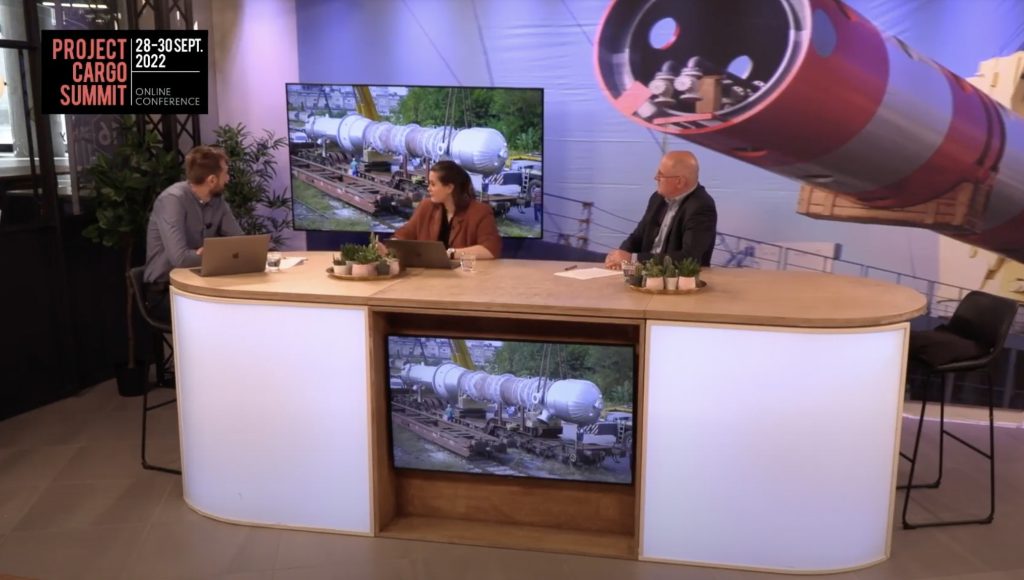
A reliable option
In addition to being such a sustainable modality, rail has also been presented as one of the most reliable options. This came to the fore over the summer, as water levels across European inland waterways hit record lows. Commercial navigation on the lower Rhine was hit the hardest, operating at less than half capacity in August, as reported by Reuters. Flowing from the Alps to the North Sea, the Rhine is a major artery of European trade. As such, the looming possibility of many more such dry spells has sparked some anxiety.
When asked if there was a noticeable overspill of cargo from barge to rail due to the Rhine’s levels, De Ridder explained that such a thing is hard to measure: “It’s difficult for us to react to that on short notice. We focus on our existing customers to keep their supply chains flowing. There was some more demand, but it was less in the project cargo segment and more in the area of bulk segments.” Should such dry spells become regular down the line, it is nevertheless feasible that rail may take on some of inland shipping’s modal share, at least seasonally.
No silver bullet for project cargo
It is however important to note that, despite having no issues with water levels, there are limitations to what can be transported via rail. “We have fixed infrastructure with rail, certain electrified areas and posts, and bridges. A truck might be easier to move around, but they have their own constraints as well,” says De Ridder.
“We are limited in terms of cargo size. If a cargo element is wider than about 3.30 metres, the electricity posts need to be removed, which can be done if absolutely necessary. In terms of height, we are limited to about four metres. Length-wise we are a bit more flexible. It is for example highly possible to transport windmill blades via rail,” he adds. “Depending on the size, we have a limited number of curves or stations we can pass, so then we have to reroute. It is not so different from a truck in that regard. But trains can run more frequently,” he continues.
More positively, De Ridder stresses: “Despite size limitations, we can do a lot in terms of heavy things. Condensed, heavy project cargo is for us. (…) Weight-wise we have it easier than trucks, so the future, I think, is still bright.” Additionally, cargo can be made to fit within these size limitations: “You can start to take things apart, which makes it easier in terms of dimensions. But, of course, then the customer needs to dismantle their cargo and reassemble it again.” Despite the added cost, it is not uncommon for customers to opt for this.
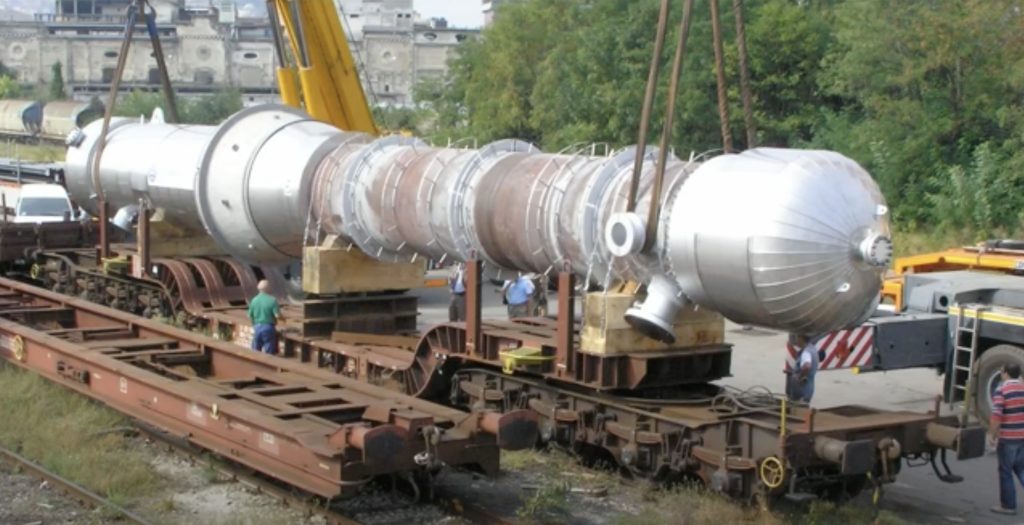
Investment in rail is fashionable
In line with the EU’s 2050 targets, “Investment in rail infrastructure is, at the moment, fashionable, because it can help curb CO2 emissions,” states De Ridder. “There is a significant amount of investment in infrastructure in Europe at the moment. DB Cargo is, of course, based in Germany, where the government is spending 13.6 billion euros a year on rail infrastructure. Before it was half this amount. There was a lack of investment over several years,” he comments.
Although this will be a positive thing, in the long run, it does cause some issues in the short term, due to traffic disruption: “This puts a lot of pressure on the infrastructure because there are a lot of construction sites all over Europe. It causes us a lot of headaches, especially in Germany because we have some large corridors, especially connecting to Italy, that are highly affected.”
Because of the need to bypass certain areas, the need for planning and organisation is increased. This will remain the case for several more years. “There is now an idea of taking certain areas out of service one at a time, for weeks or even months, while construction happens. But bypassing areas with project cargo is not so easy as you still have the aforementioned limits,” De Ridder concludes.
Almost always an option
Overall, rail, like all transportation modalities, has its strengths and weaknesses. On one hand, it is a reliable and sustainable option, well suited to heavy and dismantlable project cargo. “We also take on a lot of project cargo over short distances. For certain types of machinery like turbines, we are able to transport them all over Europe, all the way down from Sweden down to Italy,” adds De Ridder.
On the other hand, certain limitations on cargo size remain, and seem as of yet immutable, while the current construction on the European rail network causes logistical headaches. As put by De Ridder, “Rail is not always an option; you have to deal with the limitations of each modality. (…) Sometimes the team has to say ‘Sorry, we can’t do this.’ However, we generally know this in the very early stages. Then we can discuss alternative solutions.”
Nevertheless, at the core of project cargo transportation, is the fact that each transport is unique: “Project cargo is customised. Knowing rail, and talking to others, I think that we can often find solutions, and I think there are possibilities to develop further.” Rail has also found ways to make itself more attractive, he continues: “We also link to onward distribution, say with barges, and we have a network of partners, to offer a one-stop-shop service in many cases.” Rail, therefore, remains a competitive option to consider for project cargo transportation needs.


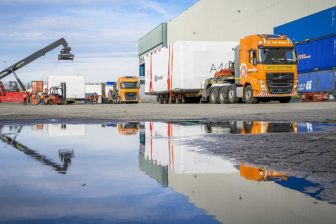
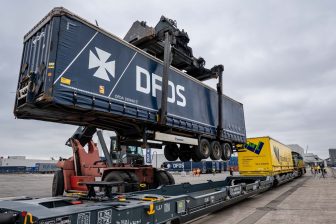
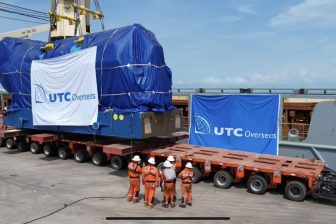
Now, however, not even core niche clients of railways afford luxury of not caring about “eta”.
(Currently low risk is high quality and quality pays!)
Accordingly, modes proving redundant, resilent – and robust, handsomely are rewarded, by willingly paying clients – and vice versa…
Root of disturbings at railways, now have to be outed!
Without proving robust, regrettably railways will remain a not sustainable mode…
A New Old railway is needed!
Bottlenecks have to be recognised and outed! (Posts, etc. for electricity…, was optimal when steam was shifted out, etc…)
High SWL is an advantage, of Mode, thus tara has to be reduced, all the way! (By infrastructure, now imposed 80% extra at axial load, means costs, added maintenance, etc., etc and is not sustainable!)
Quality pays!
At supply chains, low risk means high quality…
Accordingly, those modes proving redundant, resilent and robust, handsomely are rewarded – and vice versa…